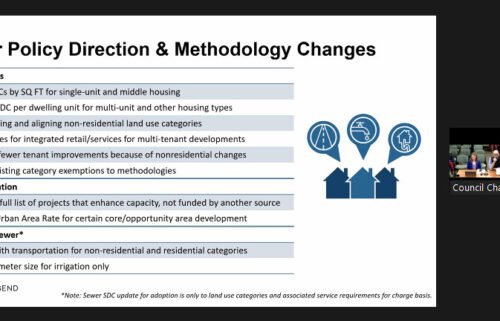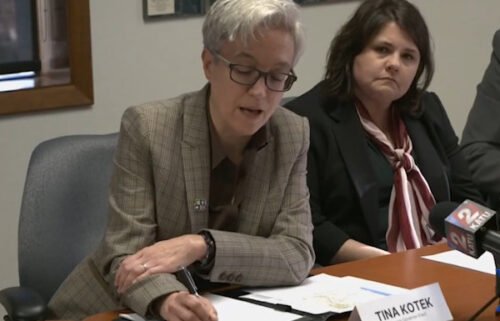Most ob/gyns are concerned about negative effects the Dobbs ruling has had on care, survey finds

Last year
By Deidre McPhillips, CNN
(CNN) — Most US obstetrician/gynecologists worry that the Supreme Court’s Dobbs decision has had significant negative effects on reproductive and maternity health in the United States, and many say they have experienced direct constraints on their ability to provide care, according to a new survey from KFF.
Between March and May, KFF surveyed hundreds of practicing ob/gyns nationwide about their experiences since last year’s ruling that revoked the federal right to an abortion.
More than two-thirds of ob/gyns nationwide say that the ruling has worsened their ability to respond to pregnancy-related emergencies and exacerbated pregnancy-related mortality, as well as racial and ethnic inequalities in maternal health in the United States.
Federal data shows that the maternal death rate rose significantly in 2021, and experts worry the problem continues to get worse. Other research found that maternal and infant death rates are higher in states that ban or restrict abortion.
Doctors practicing in states with abortion bans were more likely to report direct effects on patient care, the KFF survey found, but the impacts have been widespread.
Since the Dobbs decision, about a quarter of ob/gyns nationwide – including about half of those in states where abortion is banned – say that they have had patients who could not get an abortion they wanted.
About 1 in 5 ob/gyns surveyed say they have faced constraints on the ability to manage miscarriages and pregnancy-related medical emergencies in the past year. In states where abortion is banned, that share was about twice as high.
In general, more than a third say that it has become difficult for them to practice within the standards of medical care.
Concerns about legal risks have played a part in decisions about patient care for many, according to the KFF survey. In states where abortion is banned, about 3 in 10 ob/gyns say that they do not offer any resources or referrals to abortion services to their patients.
And most worry that the Dobbs decision has made it harder to attract new ob/gyns to the field.
In fact, an analysis from the Association of American Medical Colleges found that future doctors showed less interest in training in states with abortion bans or as ob/gyns after the fall of Roe.
Changes to abortion care
Amid the fractured abortion landscape in the US, many clinics have shuttered in states that have banned abortion, and the average travel time to the closest clinic has increased. But two new reports show how remaining clinics are filling some of that gap.
It has become more common for abortion clinics to offer telehealth options and later-term services since the Dobbs decision revoked the federal right to an abortion, according to data compiled by researchers at the University of California San Francisco’s Advancing New Standards in Reproductive Health.
The group conducts an annual review of abortion facilities in the United States that publicly advertise their services and compiles that information into a database.
Thirteen states had banned abortion by October 2022, at the time of the latest census. Nationwide, however, the researchers found that there were more abortion facilities in October 2022 than there were in 2021. And certain services that could help clinics meet the needs of those facing delays in accessing care, and growing demand in general, have become more widely available.
About 800 facilities in the US offer medication abortion, a number that ticked up in both 2021 and 2022. Nearly a third (31%) of those facilities now offer to mail medication abortion to patients, almost double the share from 2021.
The option to receive medication abortion through telehealth became an option during the Covid-19 pandemic. The number of virtual clinics doubled between 2021 and 2022, with 69 clinics now offering services to 23 states and the District of Columbia. However, most of those services are concentrated in the Northeast and West, according to the new reports.
Among facilities providing medication abortion, 37% offer services after 10 weeks, up from 34% in 2021.
The average gestational age limit also increased among facilities offering procedural abortion. From 2021 and 2022, the median gestational limit for facilities providing procedural abortion increased from 16 to 17 weeks.
It became more common for facilities to offer abortion procedures in the second trimester – ticking up from 86% in 2021 to 89% in 2022 – as well as in the third trimester – up from 4% to 5%.
The-CNN-Wire
™ & © 2023 Cable News Network, Inc., a Warner Bros. Discovery Company. All rights reserved.



